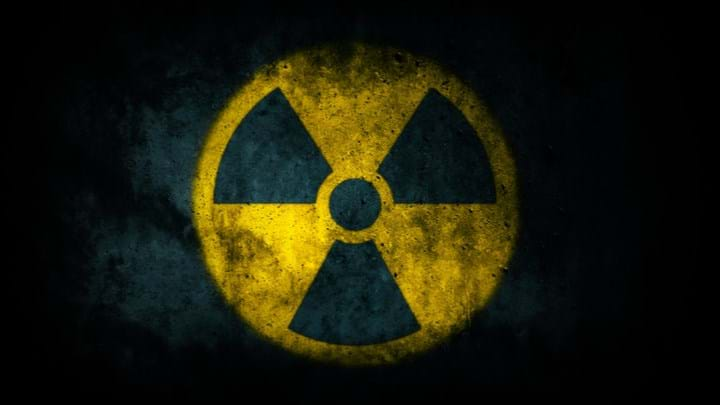Two workers at Fukushima nuclear site hospitalised after being splashed with contaminated fluid

TWO contractors are under observation in hospital after they were exposed to contaminated liquid while cleaning pipes in the Advanced Liquid Processing System (ALPS) facility, at the Fukushima Daiichi nuclear site.
The ALPS uses a series of chemical reactions to remove radionuclides from contaminated wastewater generated by the constant cooling required for melted cores at the site of the 2011 nuclear incident.
On 25 October, at around 10:40 local time, a temporarily installed drainage hose that removes tainted cleaning fluid was dislodged from a receiving tank. While the hose was quickly repositioned, two workers were splashed by the waste fluid as the hose dislodged, resulting in body contamination. Two others cleaned the spill and were also contaminated, while a fifth remained uncontaminated. None of the workers tested positive for bodily intake and they did not show signs of burns from the chemicals or radiation.
All the contractors had been wearing personal protective equipment (PPE), including body suits, layered socks and gloves, and full-face masks, but were taken for testing at a nearby emergency room. One worker only equipped themselves with a body suit to help clean up the spill.
Of the four contaminated individuals, the two who cleaned the spill were successfully decontaminated and allowed to leave a controlled area. However, the two that were first splashed could not be decontaminated below the threshold level (4Bq/cm2) and were transferred to a local hospital. They will remain there for around two weeks while decontamination procedures are repeated. According to the operator of the plant, Tokyo Electric Power Company (TEPCO), doctors say the probability of skin damage is low.
The site was decontaminated yesterday.
Since the incident, TEPCO has determined that the end of the hose was blown out of the intake tank due to a burst of gas, created by a reaction between the cleaning agent (nitric acid) and carbonate that had accumulated in the pipes.
Japan’s Ministry of Economy, Trade and Industry has instructed TEPCO to take all possible measures to ensure the safety of decommissioning work, and to prevent future recurrence.
TEPCO has outlined plans to prevent repeats by optimising the position where the hose is secured and ensuring the work foreman and manager check it is correctly secured in the right position prior to beginning tasks. Another countermeasure is for all workers to wear the correct PPE for tasks, even if they will not be handling liquids.
TEPCO wastewater release update
The incident came just two days after TEPCO completed the second discharge of treated wastewater from the Fukushima nuclear site into the Pacific Ocean, amid continuing opposition from environmentalists and the public.
While ALPS removes the majority of contaminating radionuclides from water used for cooling at Fukushima, it is unable to remove tritium, which is managed through dilution before release. Earlier this year, the IAEA formally concluded that the plans for release were in line with international safety standards, following Japan’s approval for the plans two years ago. Despite IAEA saying that the discharges will have negligible radiological impact on people and the environment, China and Russia have since banned seafood imports from Japan.
Recent Editions
Catch up on the latest news, views and jobs from The Chemical Engineer. Below are the four latest issues. View a wider selection of the archive from within the Magazine section of this site.




